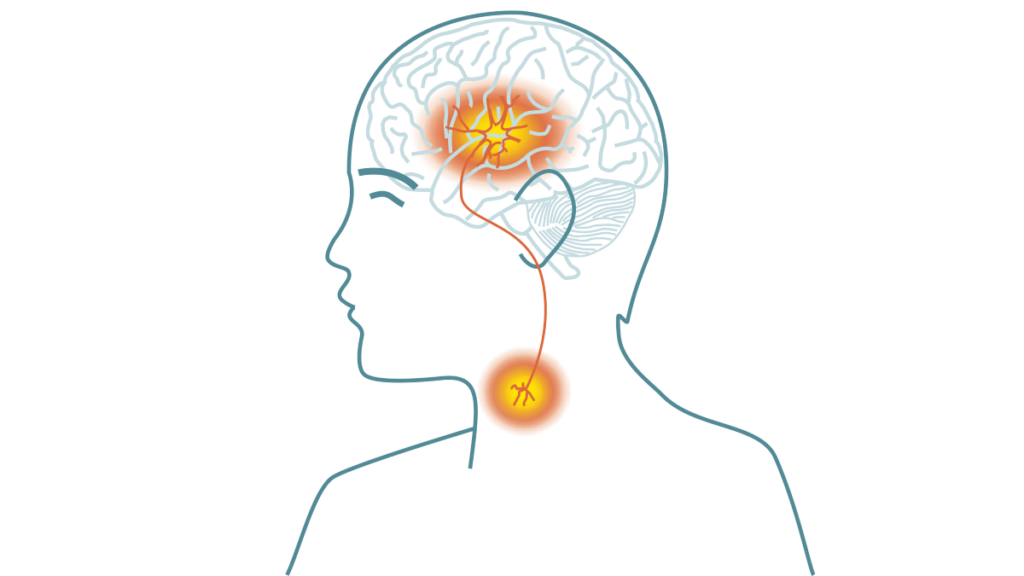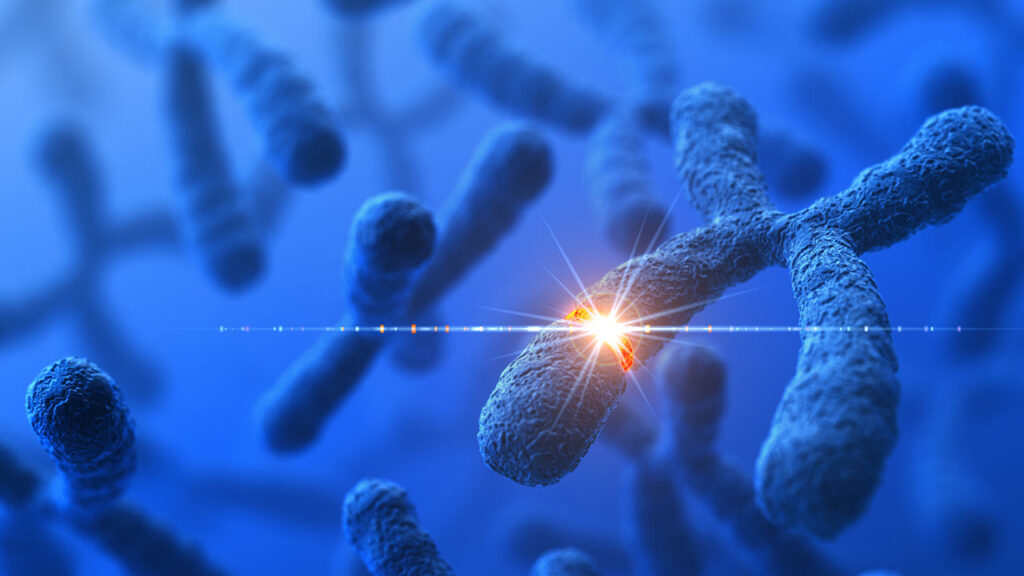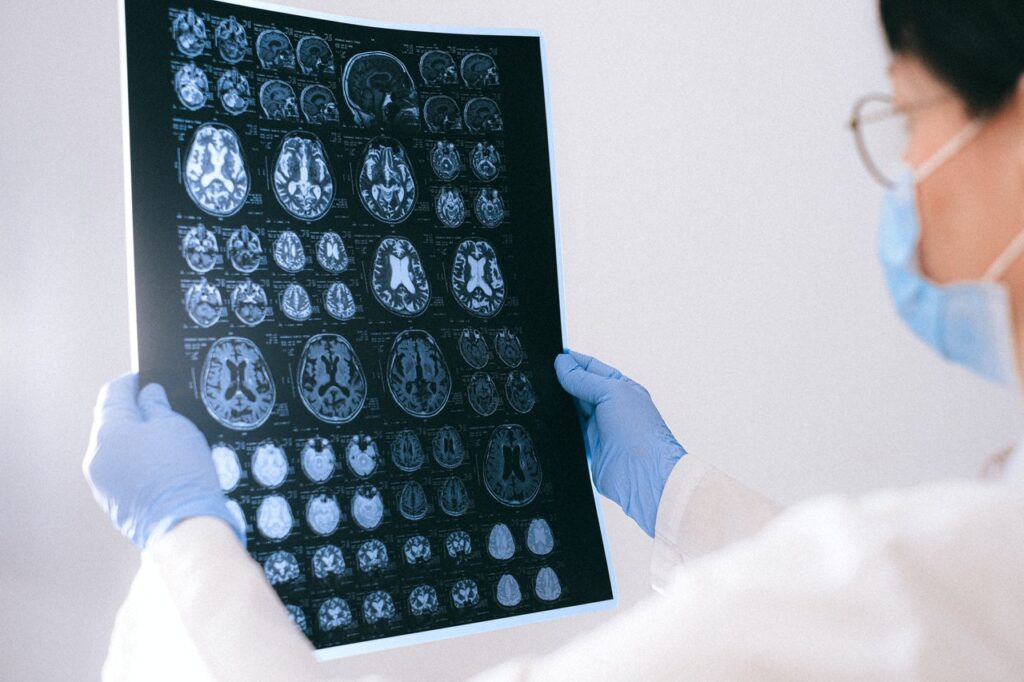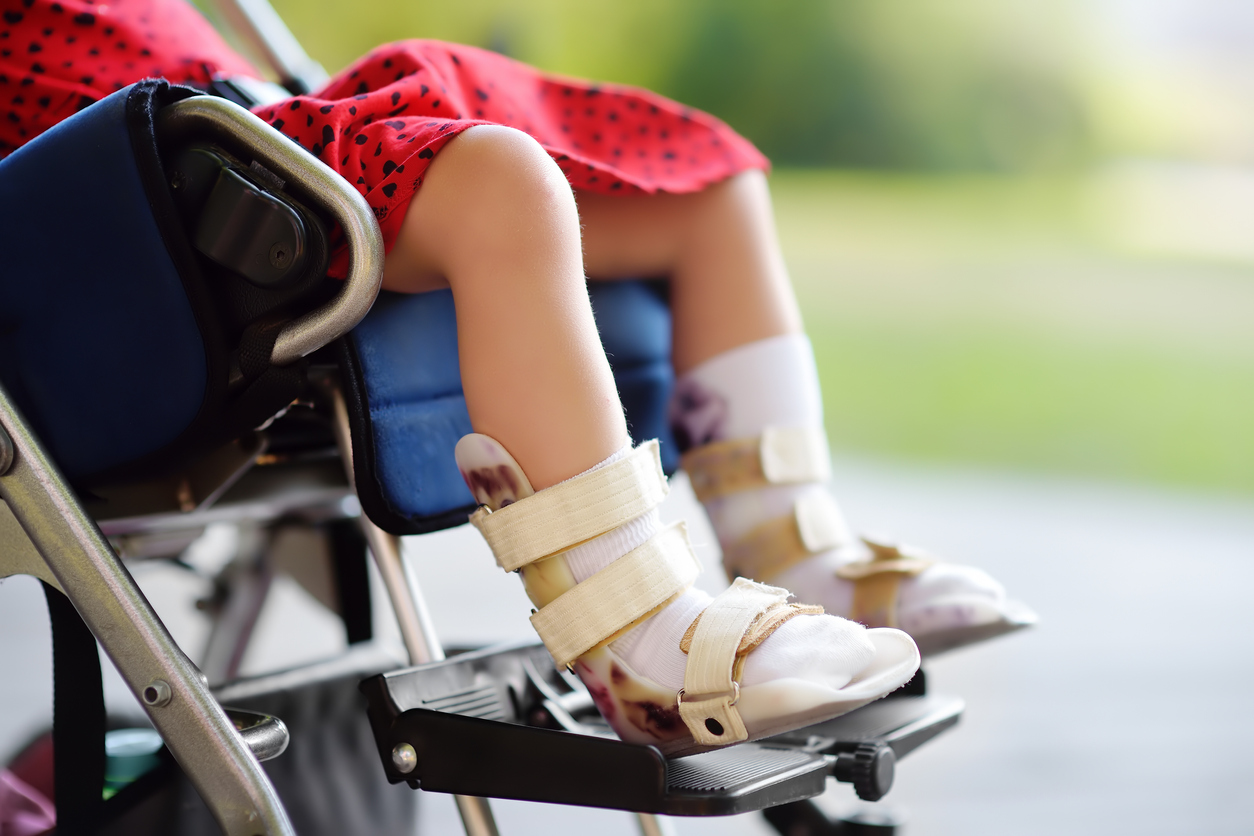Family comes first, and the importance of healthy family relationships has always been emphasized throughout our existence. Having a child is a unique and life-changing moment in everybody’s life, as, what every parent will say, there isn’t a higher feeling than the one when you are holding your baby. Only a few moments really matter in life, and that no matter what happens, you will forever remember, and finding out that you are expecting a child is for sure one of these moments. On the other hand, finding out that your child is ill or suffering from some disease or condition is an entirely opposite feeling, but also the one that marks your life, and when it comes to children and especially babies, one of the most common movement disorders, is cerebellar palsy.
This movement disorder happens in 2 per 1000 births, and as such, represents one of the most frequent severe conditions in children. Since it is about young children, it is a delicate topic to talk about, but in order to find answers, we simply need to, and many people still wonder, how come that there is no cure, how does it even happen, or/and what causes cerebral palsy. Finding a simple yet general answer is not hard, and even a simple google search provides an answer that this movement disorder occurs because there is some damage or irregular development in the brain. Even though that is true, there are still many unanswered questions, and that is why we will try to further clarify some of its main causes.
1. Stroke or deficiency of oxygen in the brain

Stroke is a condition that causes bleeding of the brain, and it can be dangerous even for adults, but when it happens to the baby, it can have severe consequences. It can happen even while the baby is still in the womb, during the labor, or right after birth, and the main cause of it is blocked blood vessels. Sometimes it can lead to severe problems such as cerebral palsy, but sometimes it can be fixed without further difficulties, but the fact is that it is hard to predict and prevent. Besides stroke, there are other conditions that can cause brain bleeding, and some of them are heart defects, other problems with blood vessels, and abnormally formed organs.
Another big problem can be the lack of oxygen in the brain that can lead to severe damages and leave lasting consequences. It can happen because of physical trauma on the baby’s head, problems with placenta position, but also in the situations when the mother has low blood pressure. Severe consequences can be avoided in situations when the brain is not getting enough oxygen for a short time, but if that time is longer, it is almost certain that the baby will have some severe condition. These problems can occur while the infant is still in the uterus, during the labor, or right after it, and they are almost always dangerous for the infant’s life.
2. Infections
There are many infections that can cause cerebral palsy, and the one that is scaring parents the most is meningitis. Meningitis is the infection of a baby’s brain, which can usually be noticed at birth or right after it and can lead to severe conditions like cerebral palsy and many others. The good thing is that it can be treated, and in many cases, it does not leave severe consequences on the infant’s brain. Other dangerous infections are those that baby can “caught” from a mother while still in a womb, and in most cases, the mother is not even aware of them. Because of that, regular check-ups and blood tests are necessary since it is the only way to prevent the transmission of infection to a baby and avoid severe conditions like cerebral palsy.
3. Genetic mutation

Although this movement disorder is nothing new, it still represents one of neurology’s oldest unresolved mysteries. The latest studies show that from 5 to 30% of all cerebral palsy cases are caused by a genetic mutation, but what they found out is that it happens randomly and is not connected and inherited from parents. In many experiments, the scientists were able to isolate the mutation gene and introduced them to insects who then manifested the same or similar movement difficulties. It was a true breakthrough, and although it happens randomly, it is a good sign that scientists now know much more of how it happens, what to look for, and hopefully, further examinations and tests will lead them to the cure.
4. Acquired cerebral palsy
Besides cerebral palsy that is usually diagnosed right after birth, there is acquired cerebral palsy, which has the same symptoms, but it can be diagnosed only after 28 days or more after the birth. The causes are similar, but they occur in the first months or even years of the infant’s life. Those causes can be physical trauma of the baby’s head, different brain damages like the lack of oxygen caused by drowning or suffocation, and many infections that affect the brain. Besides that, if the infant’s heart or blood vessels are not developed normally, that can lead to stroke and bleeding in the brain, which can cause acquired cerebral palsy.
5. Other causes

Some newborns have an increased risk of getting cerebral palsy, and they require more monitoring than others. One of the risks that can be prevented is related to mothers and their habits during the pregnancy, and if the mother is smoking, taking drugs, or alcohol during that time, the baby can suffer some severe consequences, and one of them is cerebral palsy. Besides that, if the newborn is born prematurely or has a low weight at birth, the risk of having this severe condition is higher, and it is also higher among the twins or triplets.
The bottom line
These are some of the most common causes of this movement disorder and should provide a much better insight into what’s really going on. But, since everything around this condition is still a mystery, there is a chance that scientists will yet find and discover other reasons. Luckily, there were some new developments, and today, we know much more about it than just a couple of years ago. Find out more about Cerebral Palsy here, and get a complete and detailed explanation of what it is, what the causes are, and how to treat it.







